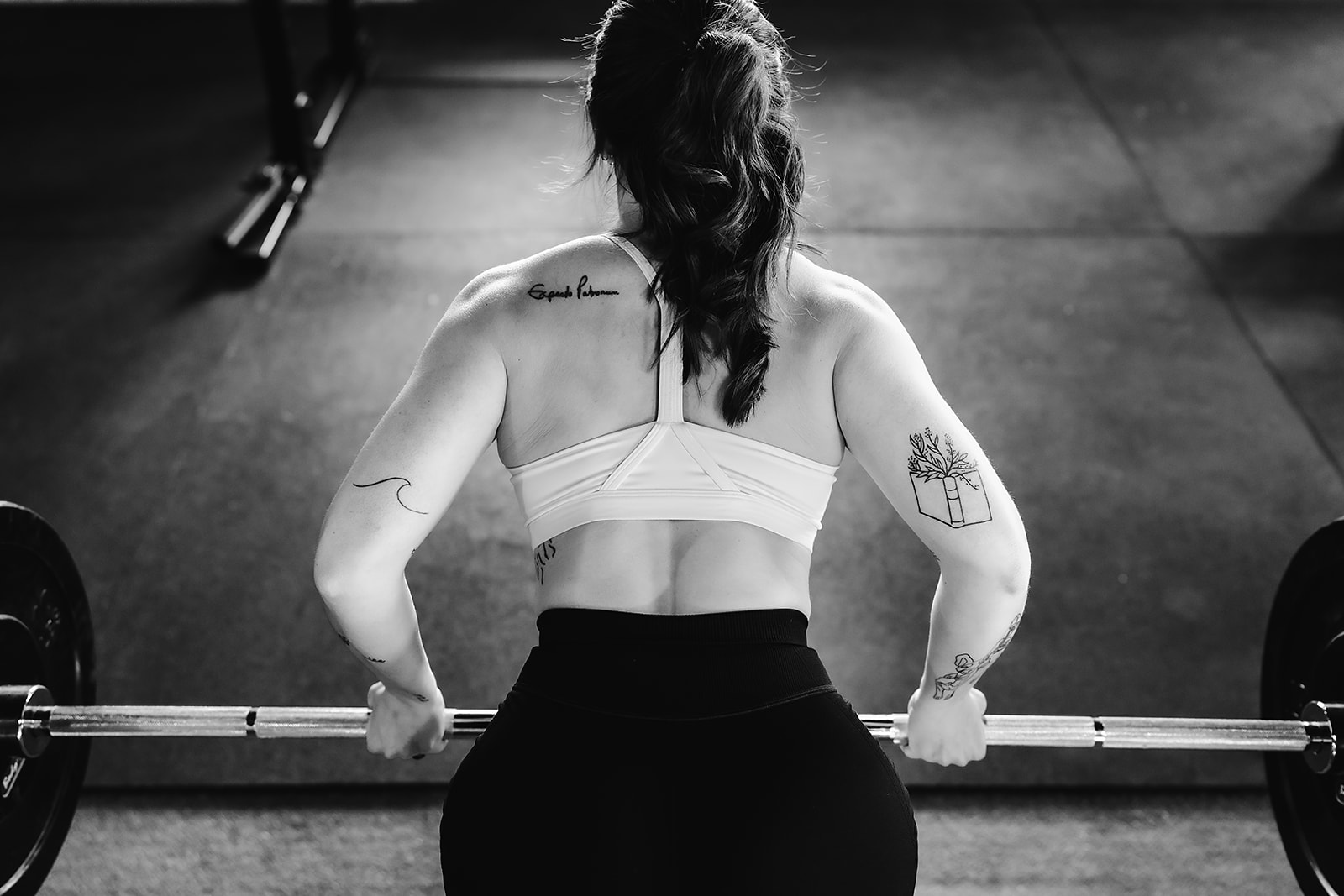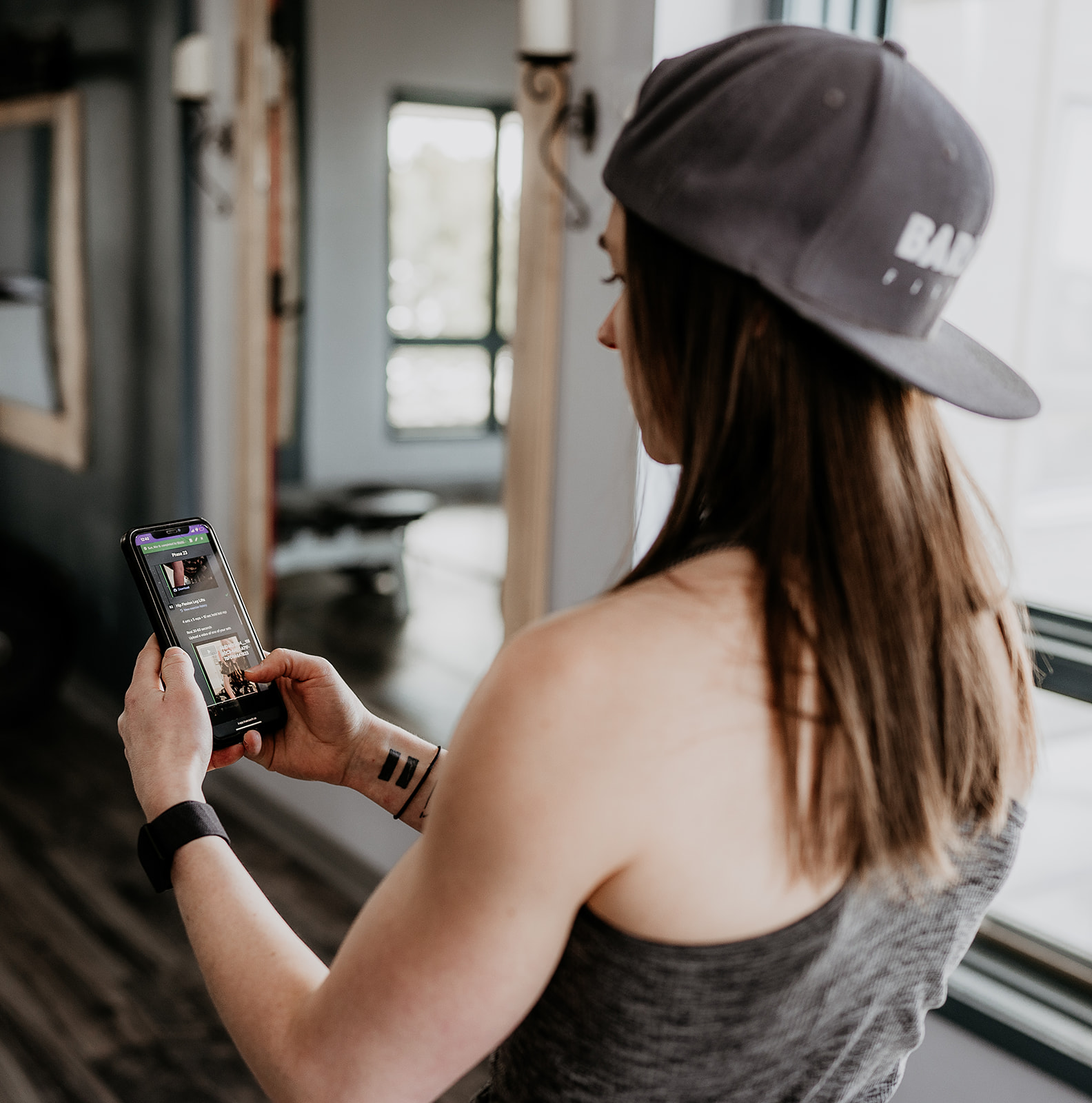Unilateral training is the practice of performing exercises that work one limb, or the exercises are at least somewhat biased towards that one limb. A lot of powerlifters, athletes, and even average gym goers overlook this aspect of training, but it is so important when it comes to preventing injuries as well as building up GPP (general physical preparedness). GPP is a degree of fitness that is an extension of your absolute strength.
Why Unilateral Training is Important
Strength & Stability
Strength and stability means longevity.
Unilateral exercises allow you to correct any strength or size imbalances, help to prevent and correct injuries, and improve overall balance. Training these types of lifts will even activate more core musculature. Most people tend to favor one side of their body more than the other when doing day to day tasks. The imbalances can be worsened if a program only utilizes bilateral training (any movement with a barbell, etc.).
For example, if you shoot your right hip/leg up first during the concentric portion of the squat, your right leg is clearly stronger and more stable. If you do not do any unilateral work to fix this, you will most likely end up getting injured over time. Using exercises like single leg squats, step-ups, single leg hip thrusts, or lunge variations can build up stability in your hips separately. This way, when you are performing a bilateral movement such as a barbell squat, you will learn to “turn on” and connect to the muscle fibers of the less stable side.
Core Activation and Stabilization
When training one side at a time, you’re naturally going to be engaging your core stabilizer muscles in order to not shift too much to the working side.
While you won’t be doing any direct flexion or extension moves for the core, you are still building strength in those muscle fibers which will carry over not only to the unilateral movements, but the bilateral movements that require heavier loads.
Two examples are the single arm dumbbell bench press and single arm dumbbell row.
The single arm bench press can improve shoulder stability which will help you improve your barbell bench press strength. Your core also has to work hard during this movement so you are able to stabilize yourself on the bench and not fall off.
Your back is a big muscle! Utilize single arm pulling movements like the single arm dumbbell row to hit each side of the back equally.
Additionally, try a side plank. When shifting your body to one side, you are activating the obliques more on that side and working in overdrive to stabilize the core muscles in the frontal plane.
Improved memory and motor skills
Yes, your brain is working harder when you are training one limb at a time.
Your brain is always trying to maintain equilibrium based on where you are in space. When you are doing single leg or arm movements, your brain is working overtime to maintain balance. Studies have shown that doing unilateral movements improve motor skills, which affect nearly everything you do in daily life.
Utilizing Unilateral Training When Injured
Unilateral training is one of the best ways to deal with injury prevention and correction.
When injured, unilateral training can facilitate rehabilitation even more so than bilateral training. When training one side of the body, the other side is also stimulated and this can improve strength even on the injured side.
The neurological phenomenon is called cross-education of the muscles.
The pathways in the brain that stimulate the working side of the body also stimulate the side not being worked (injured side). Cross-education works the best for eccentric, lower body exercises.
Unilateral Explosive Power
A lot of athletes train plyometric unilateral movements to build up explosive power. These exercises tend to include some jumping, twisting, or other fast action.. Explosive training can be a way to progress a unilateral program, but we recommend doing so with caution and work your way up slowly with these plyometric progressions.
Explosive unilateral exercise examples: lateral bounds, single leg jumps, single leg hops, single leg box jumps, single arm kettlebell swing, single arm medicine ball slam
Low impact unilateral exercise examples: pistol squats, split squat variations, step ups, lateral lunges
Are Unilateral Training Exercises Better Than Bilateral Ones?
No, not necessarily. You should be doing both!
If you have been neglecting unilateral work, maybe it’s time to do a mesocycle of strictly single arm/leg movements and go back to adding in the heavier bilateral work. On the other hand, if all you do is train this way, we recommend adding in at least the biggest bang for your buck movements such as squats, deadlifts, overhead press, and rows.
We usually like to incorporate unilateral movements following a compound lift for a well balanced program. The specific movement programmed depends on the client, their goals, and where they’re at in the training.
Moral of the story, include both in your training program and have a coach help you decide which specific movements should be incorporated into each mesocycle at specific times.
Full Body Unilateral Training Workout
(Click Exercises to view a video demonstration)
-
Rear Foot Elevated Split Squat, 3 sets, 10-12 reps / side
-
Single Arm Dumbbell Bench Press, 3 sets, 10-12 reps / side
-
Single Arm Cable or Dumbbell Row, 4 sets 10-12 reps / side
-
Single Leg Romanian Deadlift (with Kettlebell or Dumbbell), 3 sets, 8-10 reps / side
-
Single Arm Dumbbell Shoulder Press, 2 sets, 8-10 reps / side
-
Suitcase Carry, 2 sets, 10-12 reps / side
Interested in incorporating more unilateral training into your workouts? Tune in to our podcast, “Stronger than your Boyfriend,” for fitness tips, then join our personal training program! Whether you’re seeking to correct imbalances or amplify your strength and stability, we’ve got the perfect regimen for you. Transform your workout and physique today.
References
Ashmore, A. (18AD, June 18). The Benefits of Unilateral Training. Retrieved November 20, 2019, from https://www.acefitness.org/education-and-resources/professional/expert-articles/7035/the-benefits-of-unilateral-training.
Manca, A., Dragone, D., Dvir, Z., & Deriu, F. (2017). Cross-education of muscular strength following unilateral resistance training: a meta-analysis. European Journal of Applied Physiology, 117(11), 2335–2354. doi: 10.1007/s00421-017-3720-z



